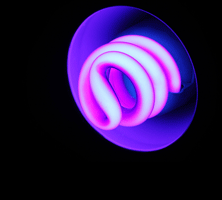The air inside your home can end up having poor quality during winter. Your heating system can blow dust, pollutants, and other particles around. With winter being cold and flu season, more germs are also around during this time of year. Using air purifiers might seem like a good way to improve indoor air quality (IAQ), but should you get one? Consider the following when deciding if you should get an air purifier for your home.
Allergens
Allergens, such as dust and pet dander, tend to build up more in homes during winter. Heating systems blow these particles around through ducts and vents, which can cause allergy symptoms to flare up more often. If you have asthma, you might also have a higher risk of asthma attacks with dust and other allergens floating around. Air purifiers can catch these allergens and remove them from your indoor air, which helps boost IAQ (indoor air quality). Keep your home clean through vacuuming and dusting regularly, which can make your indoor air even healthier.
Pollutants
Indoor pollutants can fill your home during winter, especially with doors and windows closed. Breathing in some of these pollutants can raise your risk of becoming sick. Using air purifiers can help lower your exposure to pollutants in winter until you can open your doors and windows again in warmer weather.
Germs
Viruses, bacteria, and other pathogens can circulate in your home when it’s all closed up during winter. Having your heating system on also helps these germs move around your home. Setting up an air purifier can help trap viruses and other germs, which can reduce your risk of being sick this season. Keep in mind that you should continue wiping down surfaces in your home to eliminate germs even more.
If you’re looking for air purifiers for your Broken Arrow home or other ways to improve IAQ, contact Air Assurance.




